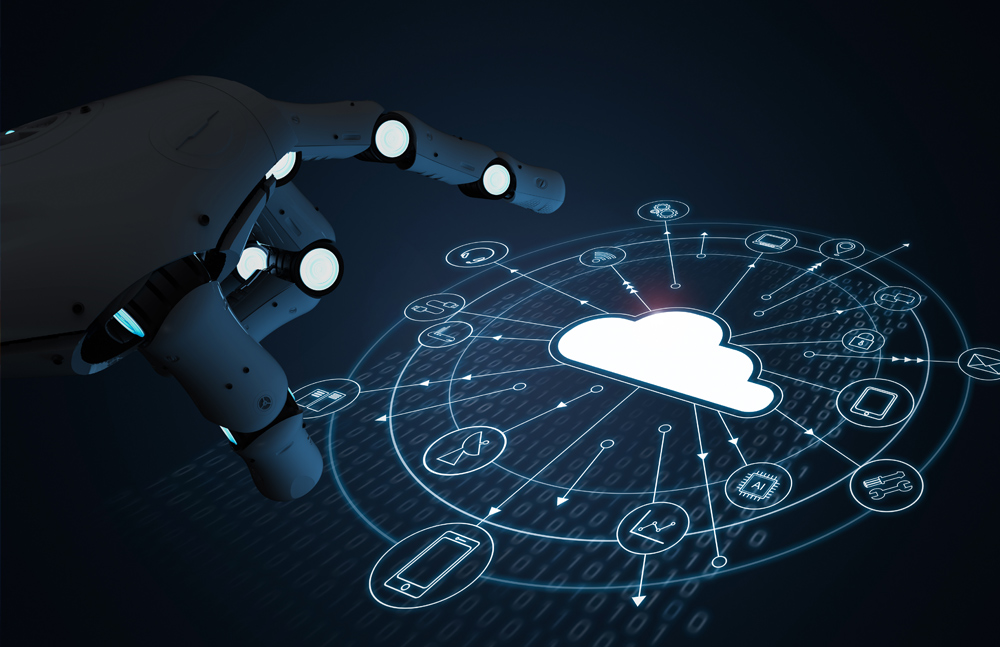The Rise of Edge Computing: Redefining Data Processing

Tech Gadgets
Introduction: Unveiling the Edge of Innovation
In the dynamic landscape of technology, where data reigns supreme, a revolutionary paradigm is reshaping the way we process information—Edge Computing. As we delve into the intricacies of this transformative concept, it becomes evident that the era of centralized data processing is giving way to a decentralized, agile, and efficient approach. Join us on a journey through the rise of edge computing and witness how it is redefining the very fabric of data processing.Understanding Edge Computing: Beyond the Cloud
Traditionally, data processing has been synonymous with centralized cloud servers, but the rise of edge computing signals a departure from this norm. Edge computing brings the processing closer to the source of data, eliminating the need for extensive back-and-forth communication with distant cloud servers. This proximity enhances speed, reduces latency, and opens the door to real-time applications that were once constrained by the limitations of centralized processing.The Architecture of Edge: Decentralized Powerhouses
At the core of edge computing lies a decentralized architecture that empowers devices at the edge of the network. From smart devices and sensors to industrial machinery, these edge devices become powerhouses of data processing, capable of making critical decisions without the need for constant communication with a central server. The architecture of edge computing is not just about processing data; it’s about distributing intelligence across the network.Real-Time Responsiveness: A Game-Changer
One of the defining features of edge computing is its ability to deliver real-time responsiveness. By processing data closer to the source, edge devices can make split-second decisions, crucial for applications such as autonomous vehicles, smart cities, and industrial automation. The reduction in latency opens up possibilities for innovations that demand instant action and feedback, ushering in a new era of efficiency and reliability.Edge in Action: Transformative Applications
The rise of edge computing is not a theoretical concept but a tangible force driving transformative applications across various industries. In healthcare, it facilitates remote patient monitoring with real-time analysis of vital signs. In manufacturing, it optimizes production processes by providing instant insights into machinery performance. Edge computing is the backbone of smart cities, ensuring swift and efficient management of resources. The applications are diverse, and the impact is profound.Challenges and Opportunities: Navigating the Edge
While the promise of edge computing is vast, it comes with its set of challenges. Security concerns, data management, and interoperability issues require careful consideration. However, these challenges present opportunities for innovation and collaboration. As the technology matures, industry leaders and innovators are actively addressing these challenges to unlock the full potential of edge computing.The Future: Edge in the Technological Tapestry
As we navigate the rise of edge computing, it becomes evident that this paradigm shift is not just a trend but a fundamental restructuring of how we process and leverage data. The future holds a tapestry woven with edge devices seamlessly integrated into our daily lives, driving unprecedented advancements in technology. From smart homes to autonomous systems, edge computing is poised to be the silent force shaping the technological landscape of tomorrow.Conclusion: Edge Computing—Where Speed Meets Intelligence
In conclusion, the rise of edge computing signifies a departure from the conventional, heralding a new era where speed meets intelligence. By redefining data processing at the edge of the network, this transformative technology is unlocking possibilities that were once constrained by the limitations of centralized computing. As we embrace the decentralized power of edge computing, we embark on a journey where real-time responsiveness and transformative applications become the new norm—a journey where the edge is the frontier of innovation.You Might Be Interested In:
Frequently Asked Questions?
01
Tech news
Gatherings Just Got Easier: WhatsApp Communities Now Have Built-In Event Planning
May 5, 2024

01
Mobile Technology
iPhone Repair Just Got Easier: No More Disabling Find My Before Service
May 4, 2024

01
Tech news
Tech for a Greener You: Apps to Empower Your Sustainable Lifestyle
May 3, 2024

01
AI & ML
Meta Llama 3: Jack of All Trades, Master of None (But Still Free!)
May 1, 2024
SUSBSCRIBE TO OUR NEWSLETTER
Join our subscribers list to get the latest news and special offers.
Gatherings Just Got Easier: WhatsApp Communities Now Have Built-In Event Planning
iPhone Repair Just Got Easier: No More Disabling Find My Before Service
Tech for a Greener You: Apps to Empower Your Sustainable Lifestyle
Tesla’s Robotaxi: A Driverless Future on the Autobahn (or Freeway)?